How to fix turbo blue torch lighter
How to Fix Turbo Blue Torch Lighter
There’s nothing quite like the thrill of flicking a torch lighter and watching that vibrant blue flame ignite. 하지만, when my trusty Turbo Blue Torch decided to act up, frustration set in. I found myself at a crossroads, contemplating whether to toss it aside or troubleshoot it like a true lighter lover. Luckily for me, I dove into the world of lighter maintenance and emerged victorious! Here’s how I managed to fix my Turbo Blue Torch and restore its fiery glory.
고품질 부탄을 사용하십시오
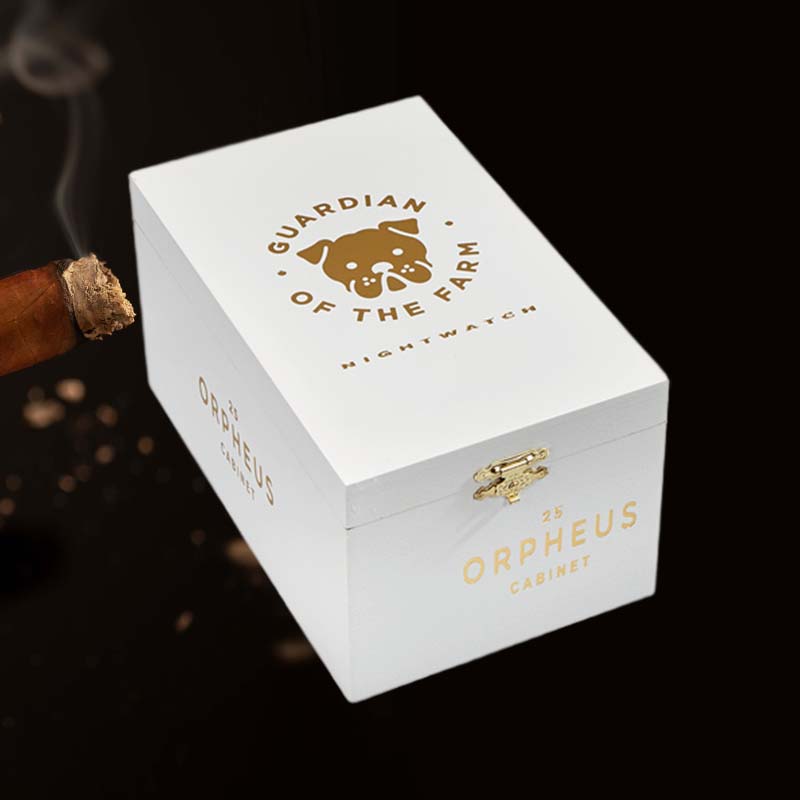
One fundamental aspect of torch lighters is the fuel they consume. As I discovered, using high-quality butane is crucial.
Why Quality Butane Matters
- High-quality butane burns cleaner, reducing clogging.
- It contributes to a steady and consistent flame.
- It minimizes the risk of impurities, which can affect performance.
불꽃을 확인하십시오
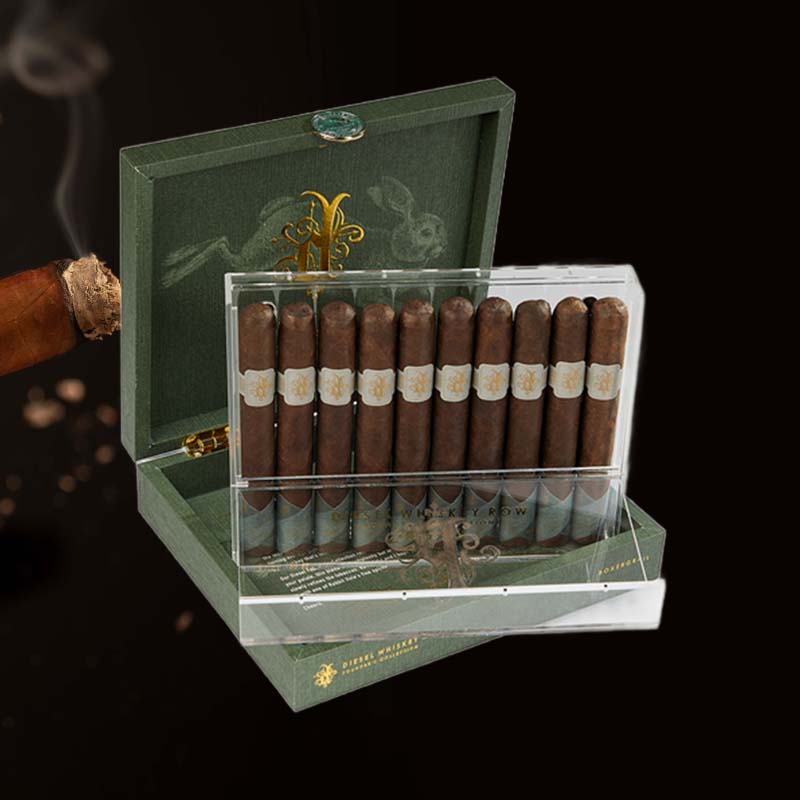
Understanding how to observe the flame of a lighter is key in troubleshooting issues. When my lighter’s flame flickered, I knew I had to act.
What to Look for in the Flame
- A consistent blue flame indicates good fuel flow.
- A yellow or wavering flame suggests a problem with the fuel or air mixture.
- If there’s no flame, check other components like flint or gas leakage.
부싯돌을 확인하십시오

The flint is often the unsung hero of lighter functionality. I learned to keep an eye on this small but mighty component.
Replacing and Testing the Flint
- Open the lighter and visually inspect the flint.
- If it’s worn down or missing, replace it with a new flint.
- After replacing, test the lighter to see if it sparks.
hissing 소리를 확인하십시오
A hissing sound while attempting to ignite my lighter signaled a potential issue. Being cautious is vital.
Identifying Gas Leaks
- Listen for the sound; if it’s heard, there may be a leak.
- Check the gas canister seam for splits or cracks.
- Consider applying soapy water to check for bubbles indicating a leak.
리필하기 전에 탱크를 피 웁니다

I learned that properly bleeding the tank can make a significant difference in functionality.
Step-by-Step Bleeding Process
- 라이터를 거꾸로 뒤집어 놓으십시오.
- Press the refill nozzle with a small screwdriver to release gas.
- Wait until no fuel escapes, indicating a fully bled tank.
리필 후 라이터가 워밍업 될 때까지 기다리십시오
I often made the mistake of lighting my lighter immediately after refilling. Patience is a virtue in this case!
The Importance of Temperature in Ignition
- Refilling can cool the lighter; warming it helps ignition.
- Let it sit for several minutes after refilling.
- Temperature affects the gas’s ability to vaporize.
제트를 청소하십시오
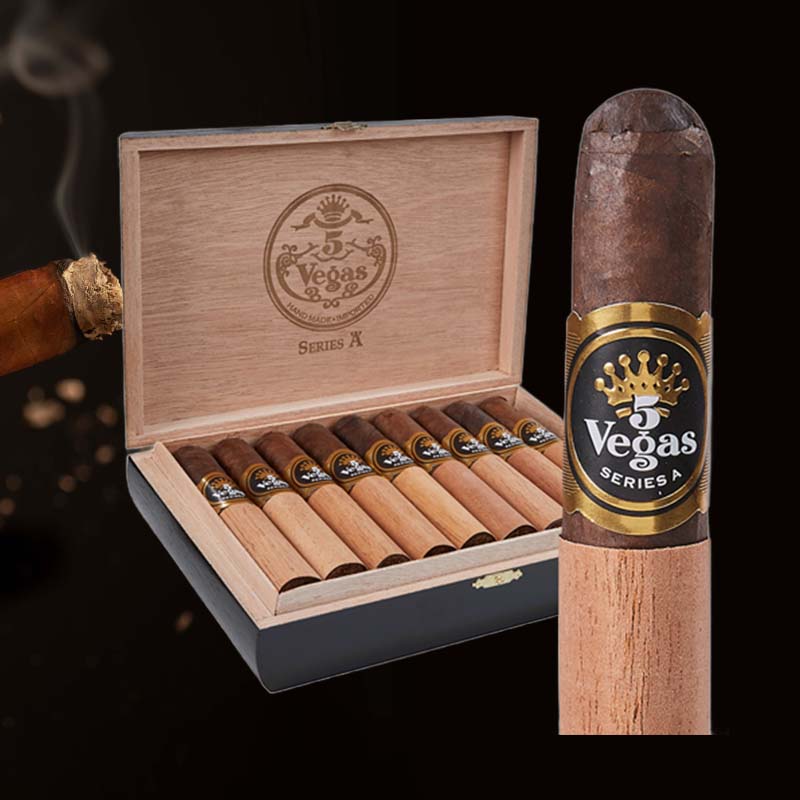
Like any device, cleanliness enhances performance. I found this out after struggling with a weak flame.
How to Properly Clean the Jets
- Use compressed air to blow out debris.
- Carefully clean with a soft brush or cotton swab.
- Avoid using excessive force to prevent damage.
5 Common Issues that Torch Lighter Won’t Light, How to Fix?
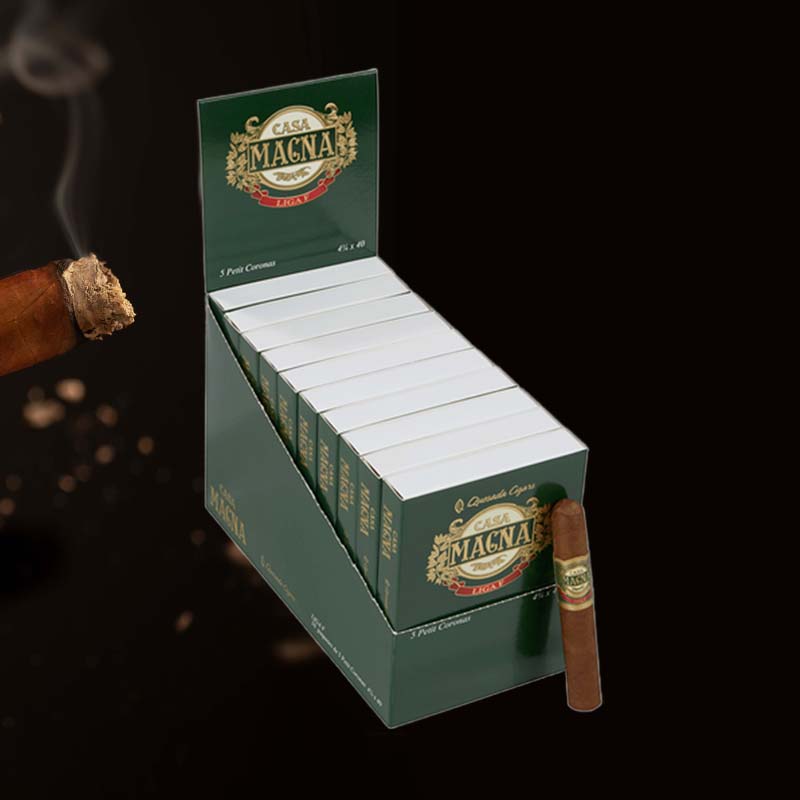
내 여행에서, I faced several common problems with my torch lighter, including a lack of spark, unconventional flame, gas leaks, clogged jets, and an empty fuel tank.
Identifying and Troubleshooting Common Problems
- No spark? Check the flint and lighter mechanism.
- Unstable flame? Clean the jets and check fuel quality.
- Gas leaks? Inspect for hissing sounds and leaks.
- Clogged jets? Use compressed air to clear them.
- Empty fuel tank? Time to refill with quality butane.
Steps to Maintain Your Torch Lighter

Maintenance has been vital in keeping my torch lighter alive and well. I’ve adopted a few simple steps that work wonders.
Routine Maintenance Practices
- Inspect and replace the flint regularly.
- Clean the jets every few uses.
- Use good quality butane to prevent clogs.
- Store in a suitable environment, away from extreme temperatures.
Types of Fuel for Torch Lighters
Fuel plays a major role in the overall performance. I learned that not all butane is created equal.
Choosing the Right Fuel for Optimal Performance
- Refined butane provides a smoother burn.
- Look for butane labeled as “triple refined” for cleanliness.
- Heed the manufacturer’s recommendations for the best fuel type.
Need to Adjust the Fuel Setting?

Sometimes adjustments are necessary to get that perfect flame. I had my fair share of tweaks.
Understanding Fuel Adjustment Mechanisms
- Locate the fuel adjustment screw, often at the bottom.
- Use a small screwdriver to turn the setting gradually.
- Test after adjustments for the desired flame height.
Cleaning Techniques for Lasting Performance
I never realized how much simple cleaning could enhance my lighter’s longevity.
Best Practices for Caring for Your Torch Lighter
- Regularly wipe the exterior with a soft cloth.
- Maintain cleanliness around the ignition area.
- Store upright and securely in a non-pressure environment.
라이터가 점화되지 않으면해야 할 일?
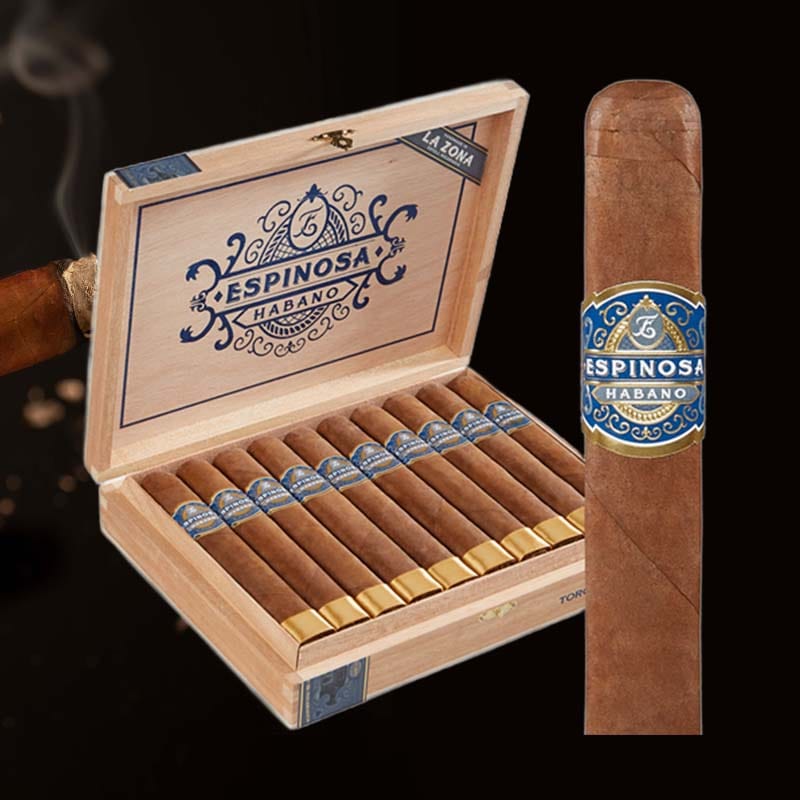
I found myself stumped when my lighter refused to ignite one fateful evening. 하지만, troubleshooting was straightforward.
Troubleshooting Ignition Issues
- Check flint—replace if low or missing.
- Examine the fuel quality and refill if necessary.
- Ensure air is not trapped in the fuel line.
Understanding Air Trapped in Fuel Lines

It’s baffling how small air bubbles can ruin my torch lighter’s function! I had some workable tips to clear them out.
How to Fix Air Blockages in Your Lighter
- Bleed the lighter completely as described earlier.
- Refill slowly to minimize air entrapment.
- Attempt igniting after allowing it to sit to let air escape.
General Troubleshooting Tips

If you’re still having a tough time, I found a few handy tips that could help illuminate the path to resolution.
Additional Tips for Common Lighter Issues
- Don’t overwind—too much tension can break components.
- Avoid using the lighter in strong winds to gauge flame issues accurately.
- Be gentle during maintenance and cleaning to avoid damage.
FAQ
Why isn’t my torch lighter working?

Common reasons include empty gas tanks, 마모 된 부싯돌, or clogged jets. A quick check can often reveal the culprit.
Why is my special blue torch not staying lit?
This usually indicates an issue with the fuel quality or a malfunctioning flint. Replacing the flint or refilling with quality butane often solves the problem.
불꽃이 나지 않는 횃불 라이터를 어떻게 고치나요??
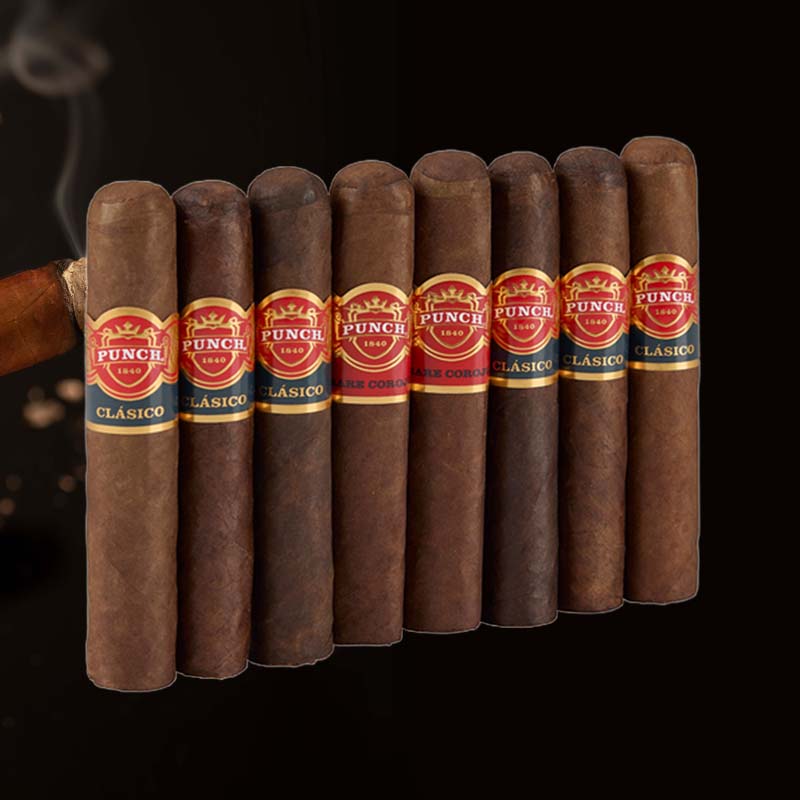
Inspect and replace the flint, ensuring it’s securely positioned. 또한, cleaning the ignition mechanism may be necessary.
Why did my torch flame go from blue to orange?

This may indicate poor fuel quality or airflow issues. Cleaning jets and using refined butane can help maintain a consistent blue flame.





